Gyeryongsan National Park
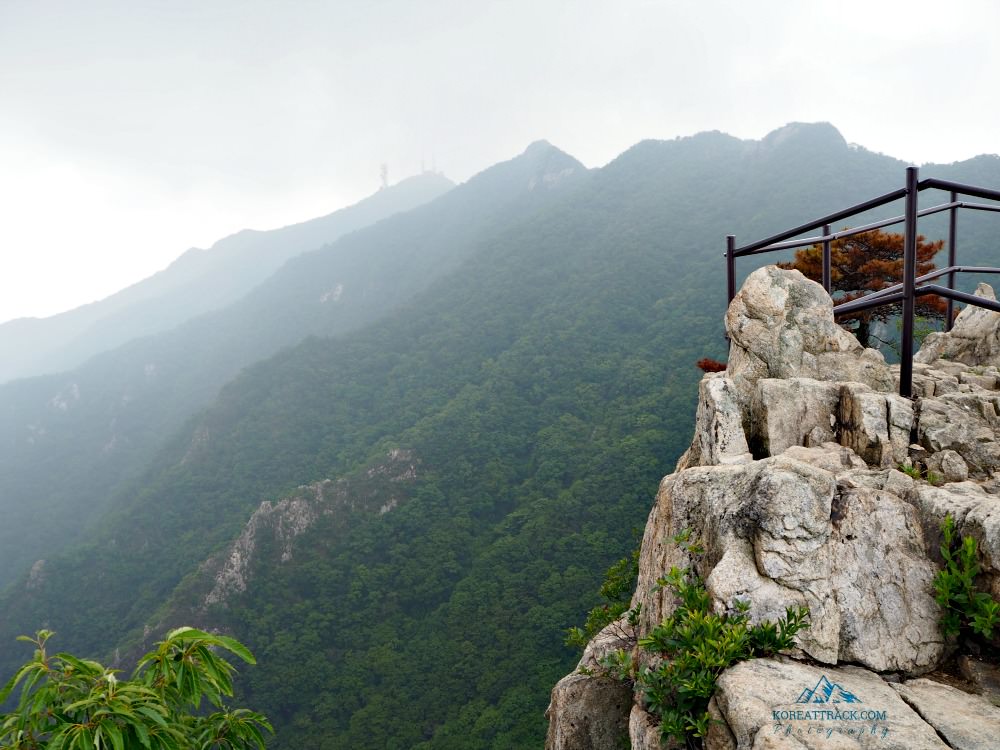 Views of Gyeryongsan's highest peaks
Views of Gyeryongsan's highest peaksgyeryongsan national park
Gyeryongsan National Park is one of the first two national parks designated in the country (1968). This mountain park is also famous for its varied and exciting rock formations.
You will see and enjoy these features and resources...
- Rock formations
- Streams and waterfalls
- Pine trees and more plants and wildflowers
- Birds, and other animals (if you see them)
- Ancient stone pagodas
- Buddhist temples
- Hiking trails
- And nature...
Yes, I explored some portions of the park, including the significant points of interest: Jamaetap (Sisters Pagodas), Sambulbong (Peak), and Gwaneumbong (Peak).
Gyeryongsan National Park (Korean: 계룡산국립공원, Hanja: 鷄龍山國立公園) is one of the twenty-two national parks in South Korea. As a park designated in 1968, its beautiful area covers over 64 square kilometers in total.
The park was named according to one of its mountains called Gyeryongsan which is over 800 meters high. The whole park is located in Cheungcheongnam-do (province) which includes the boundaries of four cities--Gongju, Gyeryong, Nonsan, and Daejeon.
NOTE: The name Gyeryongsan can be literally translated as "chicken dragon mountain," 'gye' for chicken and 'ryong' for the dragon.
The literal translation name was coined from the shape of the mountain ridge looking like that of chicken and dragon.
Although you might have no chance to see them all, it is known that the park is home to over a thousand plants species. There exist almost two thousand insect species and over six hundred animal species.
Some examples of animals include wild boars, otters, martens, common buzzards, and woodpeckers. Most of them are listed as endangered species.
Other animals include snakes, deers, squirrels, fish, hedgehogs, and others.
While hiking, I found signs to watch out for wild pigs and not to approach or scare them so that they won't charge you! Well, I was honestly wishing to see one (as I thought of protecting myself if it tries to attack me!). It would make my hike more exciting. Unfortunately (or maybe, fortunately!), not one showed up!
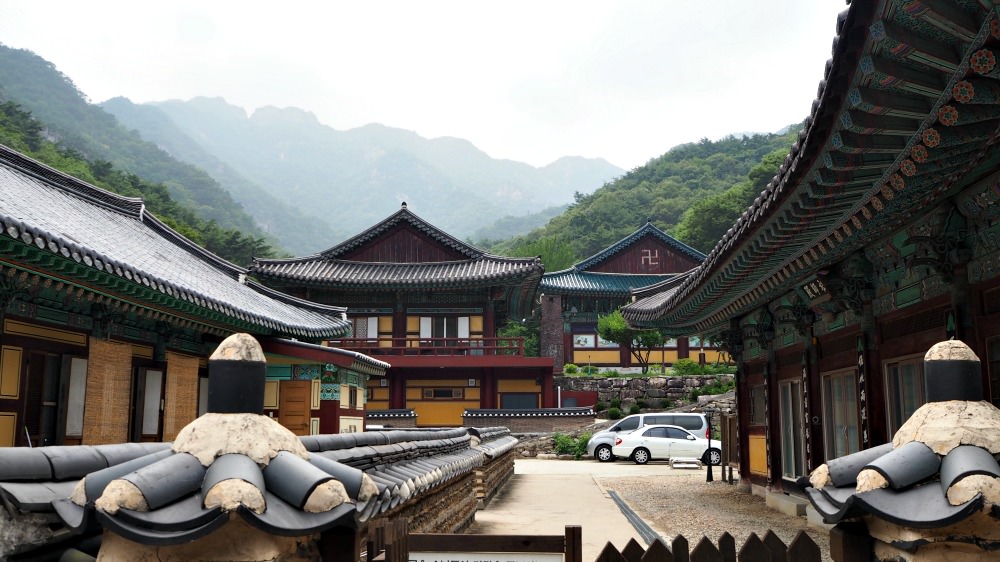 Donghaksa Temple area with Gyeryongsan in the background
Donghaksa Temple area with Gyeryongsan in the backgroundtranquil buddhist temples
Temples do not only attract visitors because of its sense of serenity (and more religious or philosophical reasons) but also because they are historical and simply beautiful to look at.
Among the temples inside Gyeryongsan National Park, the most famous one is Donghaksa Temple. It is the largest and the most accessible to visitors, including small children and physically disabled people.
The temple is easy to access due to the paved road that connects the temple and the parking area.
The other temples are Sinwonsa Temple (located along the way and towards Donghaksa) and Tapsa Temple (located on the other side of the park). These two temples are over 1,000 years old since their establishment.
Including the temples, there are over 40 cultural treasures that you can find within the national park. These treasures include national designated treasures, properties, and non-designated cultural properties.
The triad Buddhas in Donghaksa Temple are among the designated treasures, which are over a thousand-year-old each.
facilities
You can get anything you need for your quick leisurely visit with your love ones. And if you are a serious traveler or hiker, mountain gears and everything related to mountain activities are also available.
Here are the useful facilities and resources...
- Washrooms
- Park Maintenance Office
- Bus Terminal
- Car Park Area
- Car and Camping Ground
- Hotels and Pension Houses
- Restaurants and miscellaneous shops
You can come empty-handed and buy anything you need for your quick sojourn or long hike over the mountaintops.
getting to gyeryongsan national park
Gyeryongsan is one of the most accessible parks to reach among the parks I have explored so far.
From Daejeon City, for example, I took a bus (#107) to get there. It took around 40 minutes, which is not boring as you can see lovely views along the way.
Take Bus 107 that plies the Daejeon Station and Donghaksa Temple. It would not reach the temple itself, but it's the name of its last stop. Don't worry because you will it is the last one when all other passengers get off!
By the way, it usually takes around 30 minutes to reach Donghaksa Temple on a spaces concrete road cutting through the tall and green trees and fresh stream on one side.
overall...
I definitely recommend visiting this park to all people with various preferences.
One reason, already mentioned above, is that it is very accessible even to visitors who do not drive. Buses come regularly.
For the old, wheelchair people, small children can walk the safe and paved road leading to Donghaksa Temple.
Hikers can pick your choice of hike trail. You can either start from the easy ascending path and come down from the challenging trail back to the parking area.
The sight of the trees, sitting areas, picnic areas, refreshing streams is irresistible.
Of course, you won't starve nor get parched because all sorts of food stalls, Korean restaurants, and fast food shops are open from morning to evening.
Thanks for reading through this article. I hope you'll have a fantastic journey as well.
- Home
- Korea National Parks
- Gyeryongsan National Park
Get Exciting Activities
Book one of our exciting activities today to experience the thrill of a lifetime! Take advantage of this opportunity and secure your spot in advance.
Hotel Map Guide
Find your affordable, accessible, and comfortable hotel in Seoul at Agoda.Com. See the hotel map below...
Hotel Booking Guide
Find affordable and amazing hotels on Agoda.com using the search box below. Book now to enjoy great discounts and save!
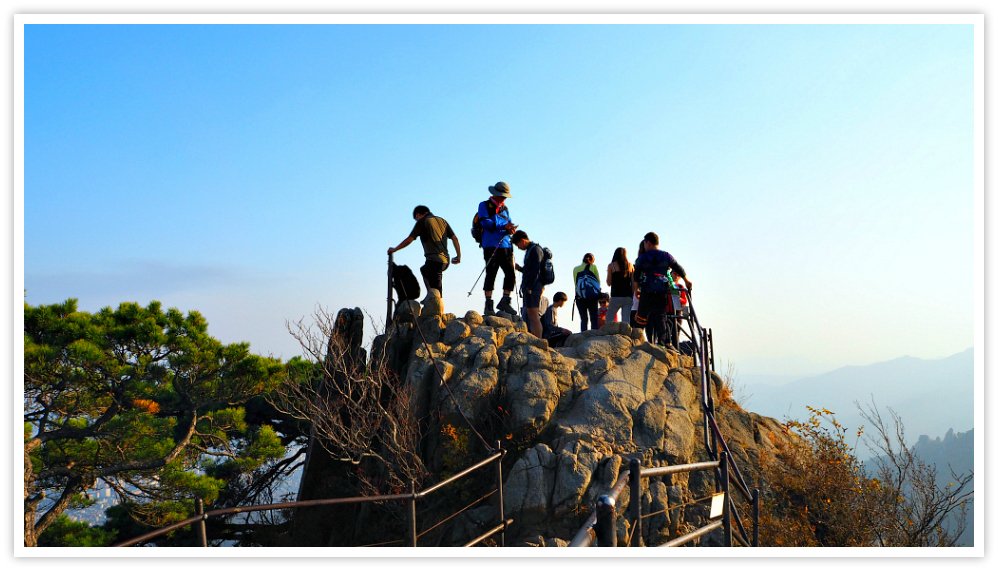
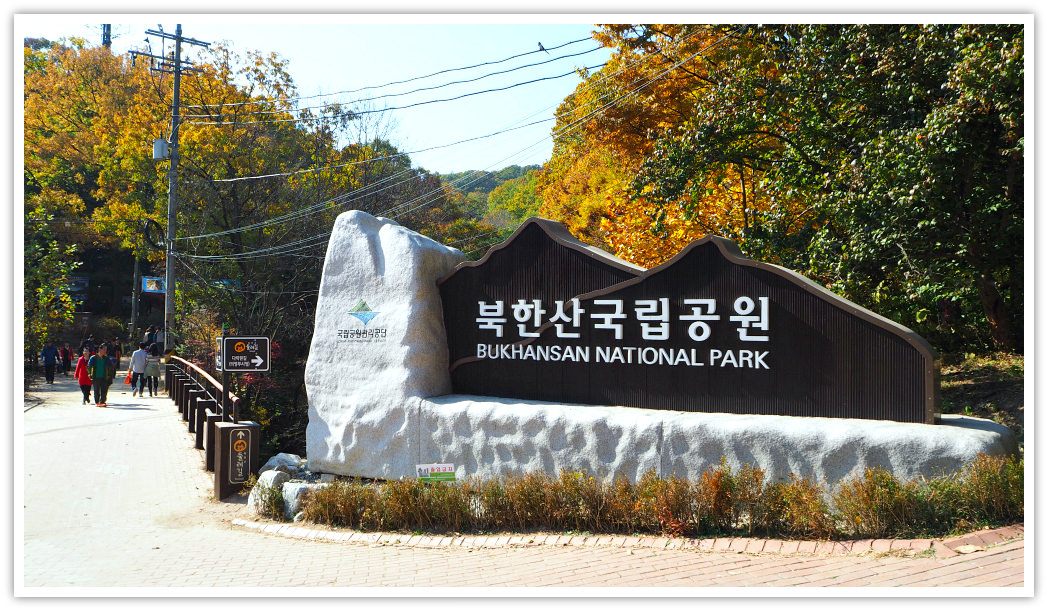
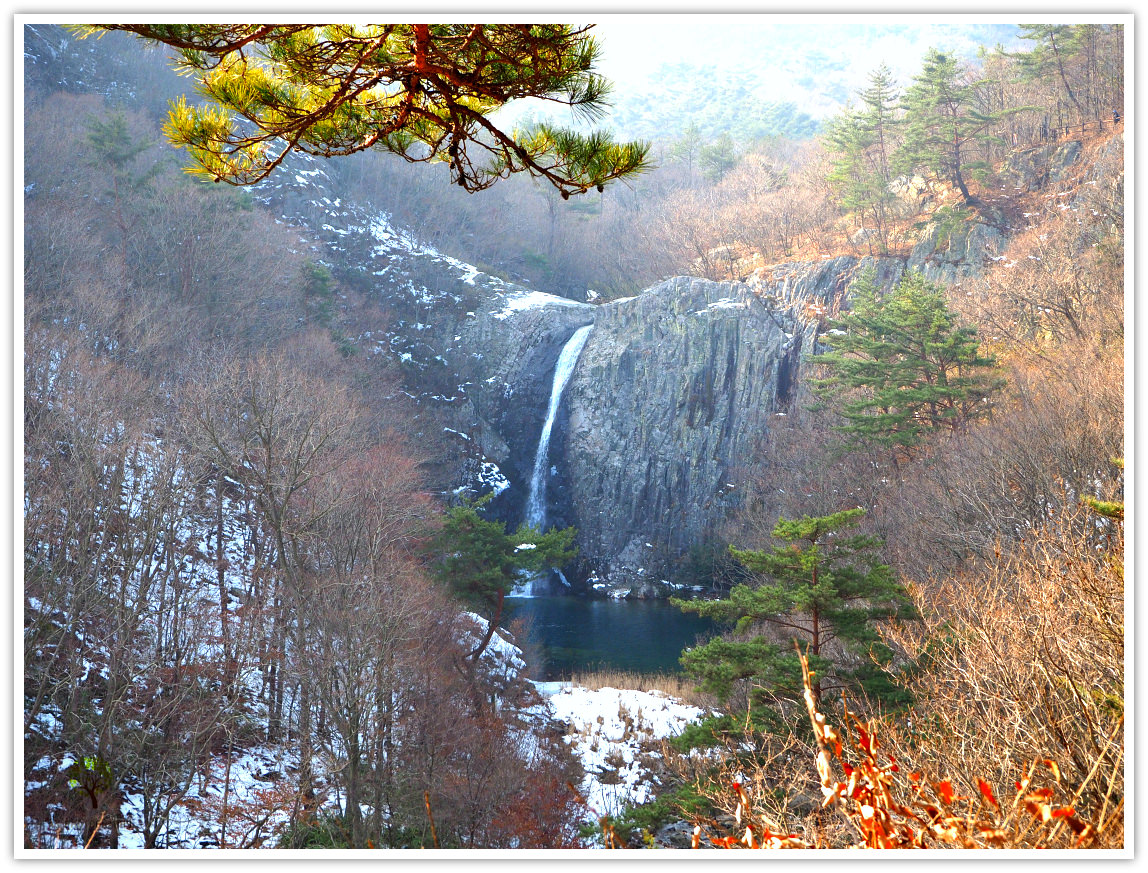




New! Comments
What do you think about this page? Leave me a comment in the box below.